Basic concepts and figures to understand classical ghazal
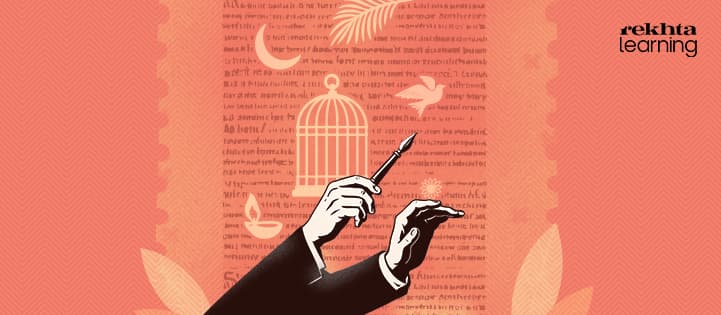
Every literature is rooted in a given culture. In other words, it is the culture that determines the nature of its literary production, as well as its forms and genres. Ghazal, for example, has traveled from location to location and language to language ever since the sixth century. It is one of the most resplendent examples of how distinctly it configured in each location, starting from Arabia.
When it arrived in India and found its expression in Urdu, it harked back to the Persian ghazal and its grand tradition. It found many of its stock references in the Persian tradition. To acquire an indigenous character, the Urdu ghazal reconfigured itself afresh in the Indian context with reference to imagery and symbolism. In this process, it also institutionalized certain concepts and defined its major dramatis personae.
Every literature draws first upon a certain register of words that constitute its broader diction and characterize the text. The words then mature in multiple ways, now as an image and now as a simile. In the hands of a poet with a greater imaginative faculty, similes grow into metaphors and then into symbols.
It is not for every poet, however, to turn metaphors and symbols into myths. This is done only by those who are endowed with the potential to create concrete universals, thereby becoming the most canonical poets in the literary trajectory.
Institutions and Figures in Urdu Ghazal
During the past five centuries, the Urdu ghazal has institutionalized a number of concepts and persons that define the essential nature of ghazal, especially the classical ghazal. It is sometimes difficult to distinguish an institution from a person as they epitomize each other.
Interestingly enough, both concepts and persons define and redefine the institution of love in romantic and spiritualist terms, as well as in terms of faith and socio-cultural paradigms. It is in these respects that the Urdu ghazal has acquired its broader identity.
- Suggested Course
Essential Words & Terminologies Used in Urdu Poetry
- Suggested Course
Understanding Urdu Poetry: Key Concepts and Analysis
The aashiq and maashooq, being the two stock figures of the Urdu ghazal, constitute an exclusive world of their own and define the concepts of hijr and wisaal. Together, they create a universe of like and unlike persons and institutions, including habeeb and raqeeb, gul and bulbul, daaman and garebaan, maikhaana and paimaana, saaqi and muhtasib, qafas and chaman, bijli and aashiyaan, qaatil and qaasid, dair and haram, shaikh and brahman, to name a few.
Here are a few select shers that highlight the essential markers of Urdu ghazal through institutionalized concepts and persons. Sometimes, they appear independently, while at other times, they supplement each other to create a rich web of meaning. These couplets clearly showcase the metaphoric configurations, symbolic nature, and mythic proportions of these institutions and persons.
Together, all these elements create a universe of their own kind and broadly indicate a major tradition of Eastern poetry in general and Urdu poetry in particular. One may easily notice how these poetical renditions shift from plebeian to philosophical and define and redefine the quintessential nature of Urdu ghazal.
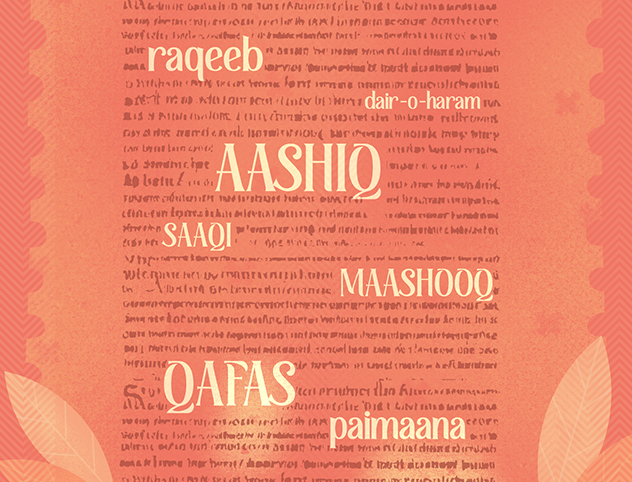
Institutionalized concepts
Aashiyaan
aaney ka is chaman mein sabab bekali hui
joon barq hum tadap ke girey aashiyaan se
(Mir Taqi Mir)
jitna main aashiyaan mein qafas se qareeb tha
utna hi ab qafas mein hoon main aashiyaan se duur
(Bismil Saeedi)
Bijli
qafas mein mujh se roodaad-e-chaman kahtey na dar humdum
giri ho jis pe kal bijli wo mera aashiyaan kyun ho
(Asadullah Khan Ghalib)
koyi bijli un kharaabon mein ghataa raushan karey
ai andheri bastiyo tum ko Khuda raushan karey
(Irfan Siddiqui)
Bismil
naya bismil hoon main waaqif naheen rasm-e-shahaadat se
bata de tuu hi ai zaalim tadapney ki adaa kya hai
(Brij Narain Chakbast)
ye qatl-e-aam aur be-izn qatl-e aam kya kahiye
ye bismil kaisey bismil hain inhein qaatil naheen milta
(Majaz Lucknowi)
Bulbul
bulbul ghazal saraayi aage hamaare mat kar
sab hum se seekhtey hain andaaz guftugu ka
(MirTaqi Mir)
waheen the shaakh-e-gul per gul jahaan jama’
kiye bulbul ne khaar-e-aashiyaan jama’
(Ghulam Hamdani Mushafi)
Chaman
wo hawa khaah-e chaman hoon ke chaman mein har sub’h
pehley main aataa hoon aur baad-e-saba merey baad
(Munawwar Khan Ghafil)
aseer-e-band-e-zamaana hoon saahebaan-e-chaman
meri taraf se gulon ko bahut dua kahiye
(Majrooh Sultanpuri)
Daaman
gauhar-e-ashk se labrez hai saaraa daaman
aaj kal daaman-e daulat hai hamaara daaman
(Khwaja Mohammad Wazeer)
sau baar tera daaman haathon mein mere aaya
jo aankh khuli dekha apna hi garebaan tha
(Asghar Gondvi)
Dair
aa hi kooda tha dair mein waa’iz
hum ne taala Khuda Khuda kar ke
(Meer Mehdi Majrooh)
puraani kaawishein dair-o-haram ki mit’ti jaati hain
nai tehzeeb ke jhagdey hain ab sheikh-o-brahman mein
(Brij Narayan Chakbast)
Garebaan
jab tak ke garebaan mein ik taar rahega
tab tak meri garden ke upar baar rahega
(Sheikh Zahuruddin Hatim)
garebaan dar garebaan nukta aaraayi bhi hoti hai
bahaar aaye to diwaanon ki ruswaayi bhi hoti hai
(Qateel Shifai)
Gul
badan gul, chehra gul, rukhsaar gul, lab gul, dehan gul
saraapa ab to wo rashk-e-chaman hain yaar phulon ka
(Nazeer Akbarabadi)
jis chaman zaar ka hai tuu gul-e-tar
bulbul is gulsitaan ke hum bhi hain
(Mir Taqi Mir)
Gulshan
main us gulshan ka bulbul hoon bahaar aaney naheen paati
ke sayyad aan kar mera gulistan mol letey hain
(Haider Ali Atash)
gulshan mein kaun bulbul-e-naalaan ko de panaah
gulcheen-o-baaghbaan bhi hain saiyyad ki tarah
(Imdad Imam Asar)
Haram
tamaasha-e-dair-o-haram dekhtey hain
tujhey har bahaaney se hum dekhtey hain
(Dagh Dehlvi)
hui hain dair-o-haram mein ye saazishein kaisi
dhuan sa uthhne laga shahr ke makaanon se
(Kumar Pashi)
Hijr
khwab tha ya khayal tha kya tha
hijr tha ya wisaal tha kya tha
(Ghulam Hamdani Mushafi)
hijr mein kaif-e-intezaar na pooch
khoon-e-dil bhi sharaab hona tha
(Asrarul Haq Majaz)
Jaam
jaam hai tauba shikan, tauba meri jaam-shikan
saamney dher hain tootey hue paimaanon ke
(Riaz Khairabadi)
ik jaam khanakta jaam ke Saqi raat guzarne waali hai
ik hosh-ruba inaam ke Saqi raat guzarne waali hai
(Qateel Shifai)
Maikhana
jaan kar min-jumla-e-khaasaan-e-maikhaana mujhey
muddaton roya karenge jaam-o-paimaana mujhe
(Jigar Moradabadi)
aae the hanste khelte maikhane mein Firaq
jab pee chuke sharaab to sanjida ho gaye
(Firaq Gorakhpuri)
Paimaana
hans ke paimaana diya zaalim ne tarsaaney ke baad
aaj naazuk se lab-e saaqi hain paimaaney ke baad
(Riaz Khairabadi)
diya saaqi ne awwal roze wo paimaana masti mein
ke main naa-aashna pee kar hua deewaana masti mein
(Nushoor Wahidi)
Qafas
qafas mein mujh se roodad-e-chaman kahte na dar humdum
giri hai jis pe kal bijli wo mera aashiyaan kyun ho
(Asadullah Khan Ghalib)
kuchh qafas ki teeliyon se chhan raha hai nor sa
kucch fiza kuchh hasrat-e-parwaaz ki baatein karein
(Firaq Gorakhpuri)
Wisaal/Wasl
wasl mein rang ud gaya mera
kya judaayi ko munh dikhaoonga
(Mir Taqi Mir)
zara wisaal ke baad aaeena to dekh ai dost
terey Jamaal ki doshizagi nikhar aai
(Firaq Gorakhpuri)
Institutionalized persons
Aashiq
ishq maashooq ishq aashiq hai
yaani apna hi mubtala hai ishq
(Mir Taqi Mir)
anokhi waz’a hai saarey zamaaney se niraaley hain
ye aashiq kaun si basti ke ya Rab rahney waaley hain
(Allama Iqbal)
Barahman
dekha hai aashiqon ne barahman ki aankh se
har but Khuda hai chaahney waalon ke saamney
(Munir Shikohabadi)
but gar hai na koyi but shikan hai
sab wahm-o-guman-e-barhaman hai
(Ravish Siddiqui)
Maashooq
chhed maashooq se kije to zara tham tham kar
roz ke naama-o-paighaam burey hotey hain
(Dagh Dehlavi)
hamein maashooq ko apna banana tak naheen aata
banaaney waaley aaeena bana letey hain patthar se
(Safi Aurangabadi)
Muhtasib
hum maikashon ko dar naheen marney ka muhtasib
firdaus mein bhi suntey hain nehr-e-sharaab hai
(Imam Bakhsh Nasikh)
ai muhtasib na phaink mere muhtasib na phaink
zaalim sharaab hai arrey zaalim sharaab hai
(Jigar Moradabadi)
Qaatil
yoon na qaatil ko jab yaqeen aayaa
hum ne dil khol kar dikhaayi chot
(Fani Badayuni)
jab lagein zakhm toh qaatil ko dua di jaaye
hai yehi rasm toh ye rasm uttha di jaaye
(Jaan Nisaaar Akhtar)
Raqeeb
jaanaa pada raqeeb ke dar per hazaar baar
ai kaash jaantaa na teri rehguzar ko main
(Asadullah Khan Ghalib)
main khali haath hi jaa pahuncha us ki mehfil mein
mera raqeeb badey intezaam se aaya
(Jamal Ehsani)
Qaasid
qaasid jo gaya mera le naama to zaalim ne
naama ke kiye purzey qaasid ko bithha rakhha
(Ghulam Hamdani Mushafi)
muntazir dil hai yaar ke khat ka
qaasid aa qaasid, aa shitaab shitaab
(Dawood Aurangabadi)
Saaqi
saaqi baaqi jo kuchh hai le le
baaqi saaqi sharaab de de
(Pandit Daya Shankar Naseem)
tez hai aaj dard-e-dil Saqi
talkhi-e-mai ko tez tar kar de
(Faiz Ahmad Faiz)
Shaikh
baqi hai dil mein Sheikh ke hasrat gunaah ki
kaala karega munh bhi jo daadhi sayaah ki
(Sheikh Ibrahim Zauq)
gar yehi naasaazi-e-deen hai to ik din Sheikh ji
phir wahi hum hain, wahi but hai, wahi zunnar hai
(Qayem Chandpuri)
Zahid
sataaishgar hai zahid is qadar jis bagh-e-rizwaan ka
wo ik guldasta hai hum bekhudon ke taaq-e-nisyaan ka
(Asadullah Khan Ghalib)
- 0 in-depth courses
- 0+ lessons
- 1 year unlimited access
- Unbeatable discount
- Watch on any device
- Get certified
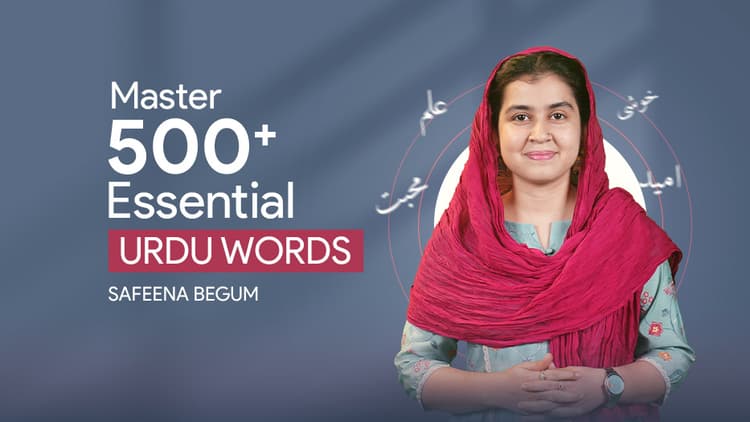
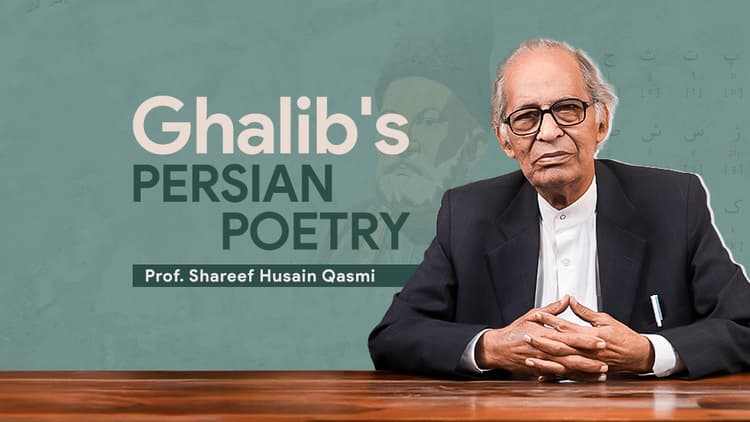
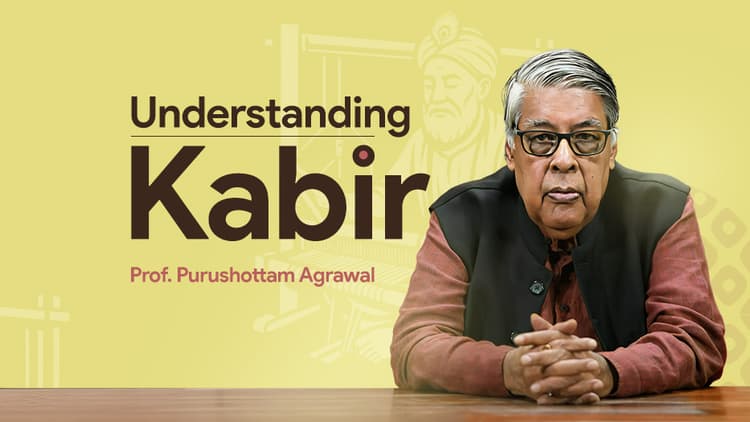
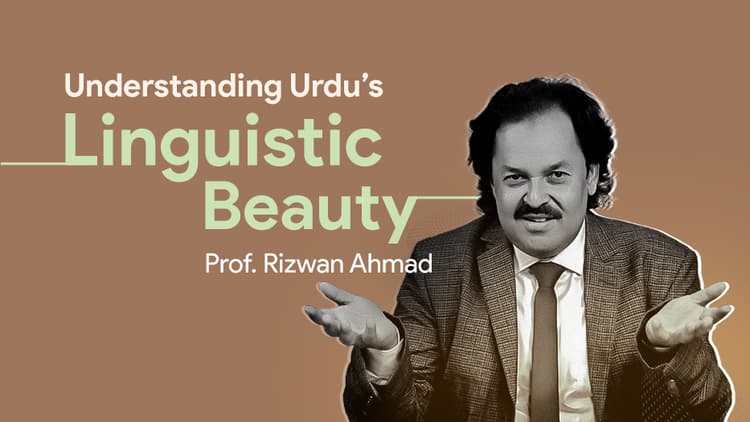
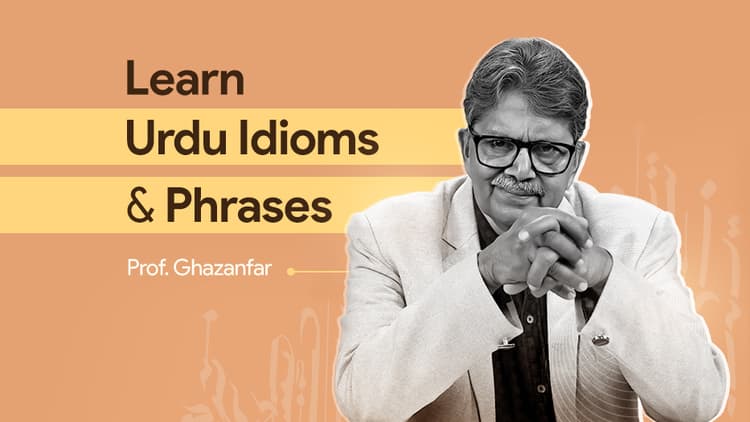
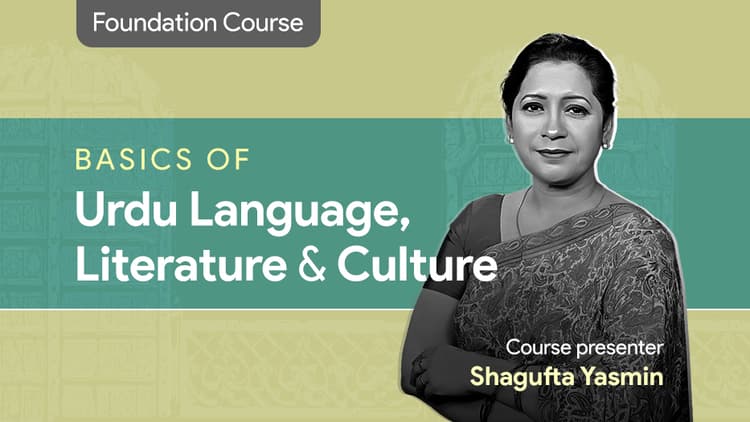
.jpg&w=750&q=75)
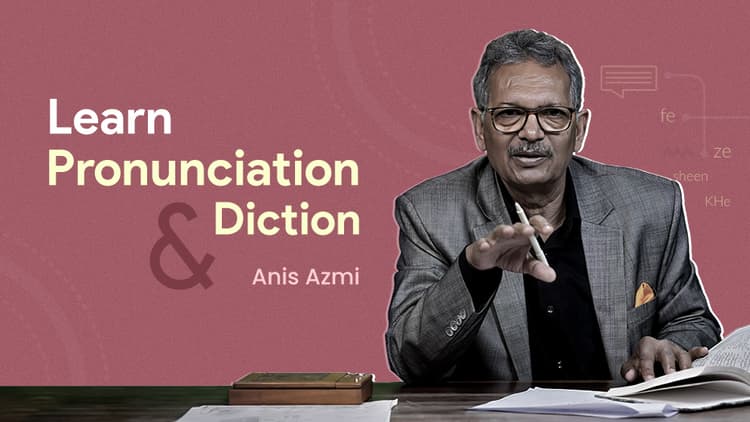
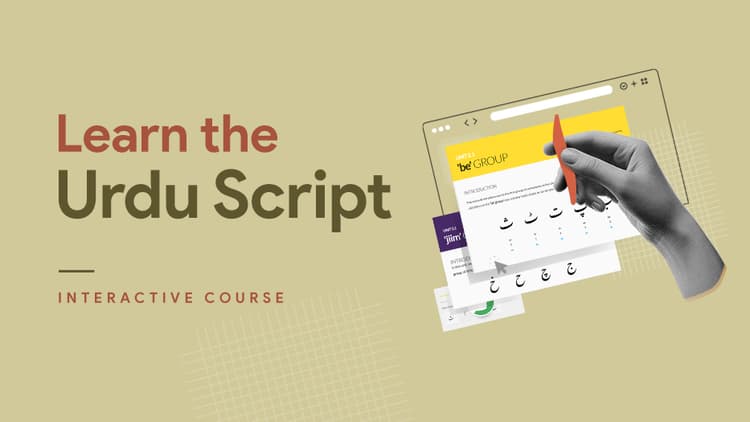
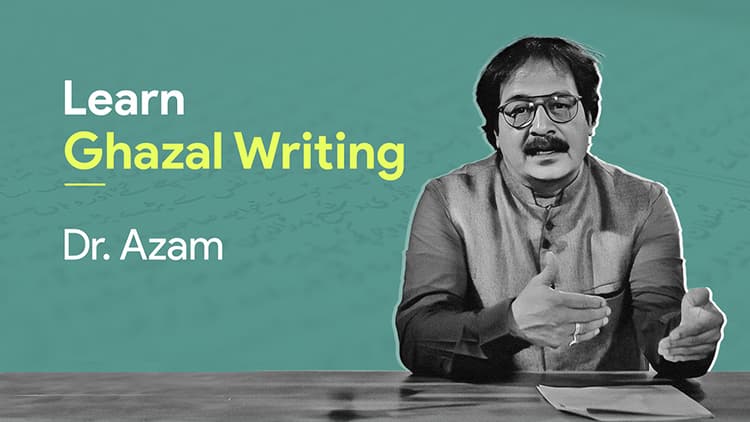
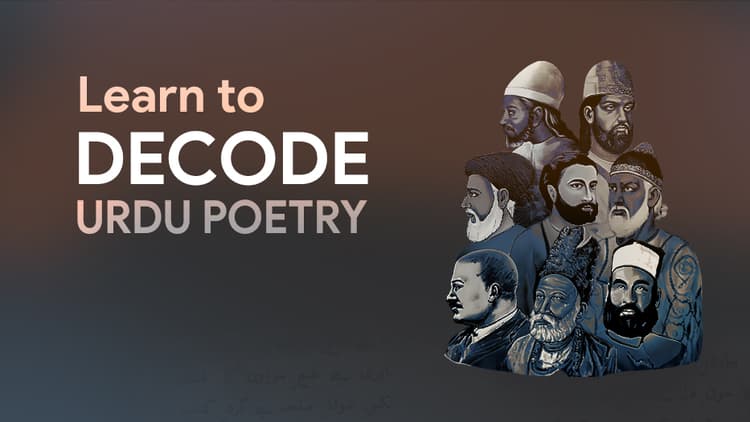
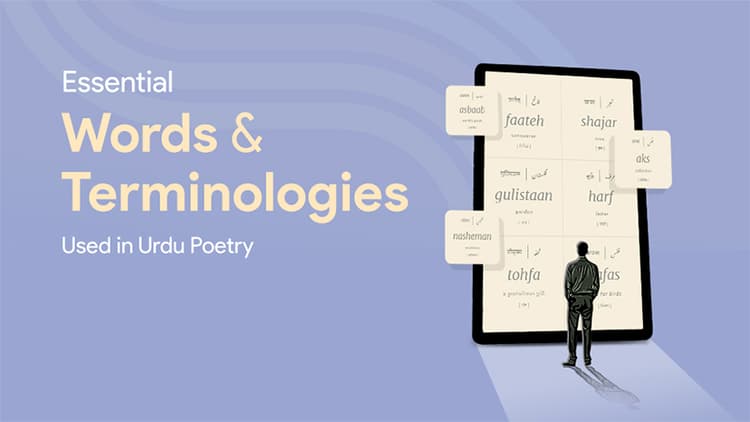
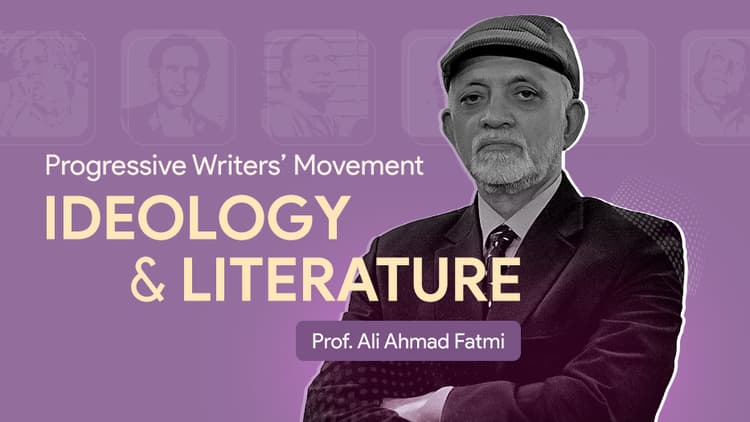
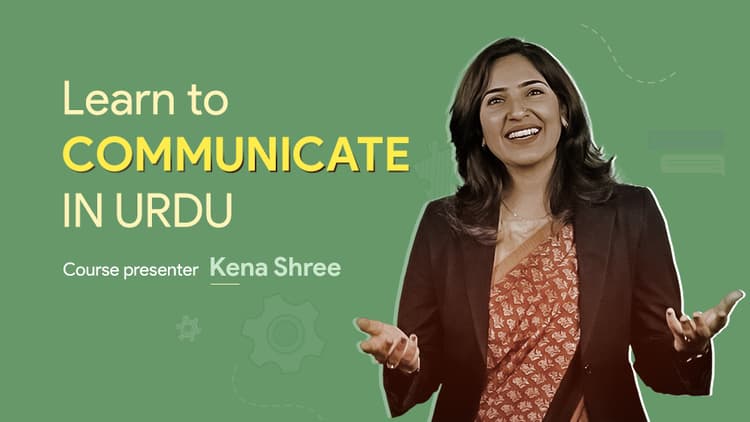
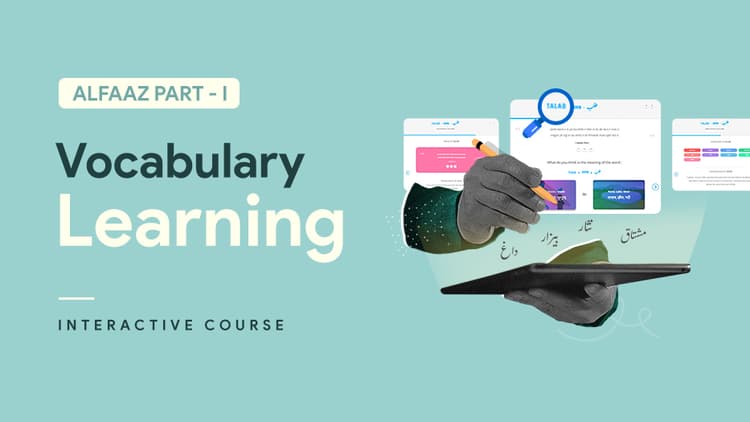
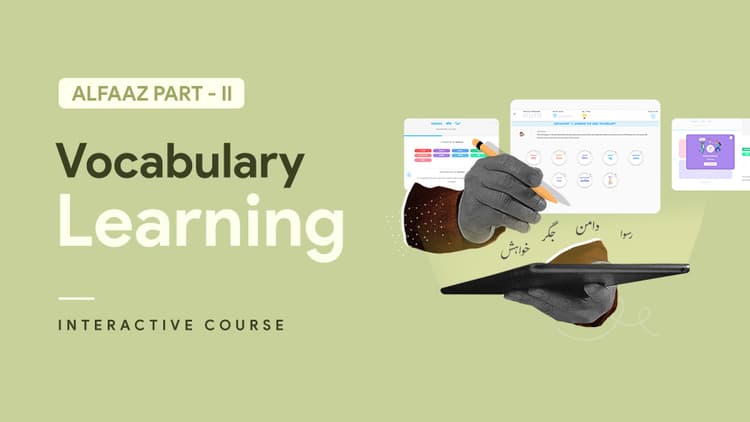




.jpg&w=828&q=75)

















Comments